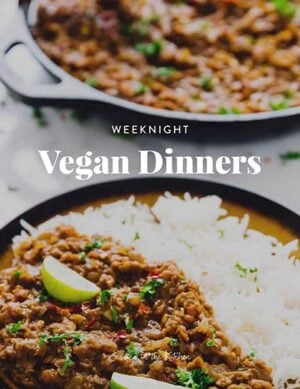Is Bread Vegan?
You’re committed to preventing harm to animals through the foods you eat, but what about bread? Is bread vegan? What is yeast, anyway? This explainer will help you understand how—and if—bread fits into your diet.
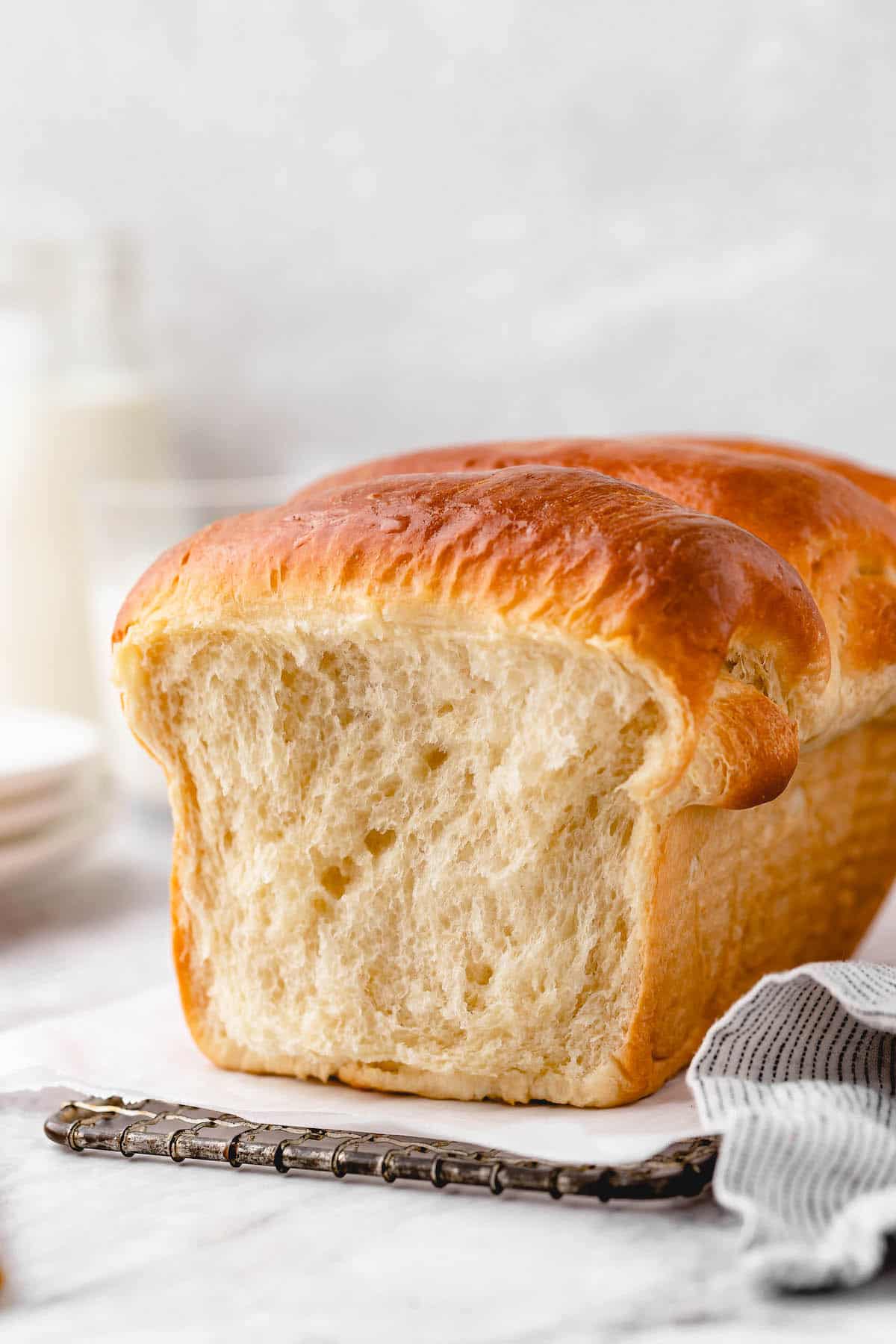
Whether or not you’re into baking at home, you know that bread is made with yeast. But—yeast is a living thing, isn’t it? Does that mean you can’t eat bread because you’re killing yeast by eating it?
Let’s be honest: there are a lot of thorny topics in veganism, and I’ve tackled some of them here on the blog in my posts on questions like Are Marshmallows Vegan? and Is Honey Vegan?. Ultimately, the answers always come down to your own beliefs and comfort level. What I share below is what I believe based on my research into the topic.
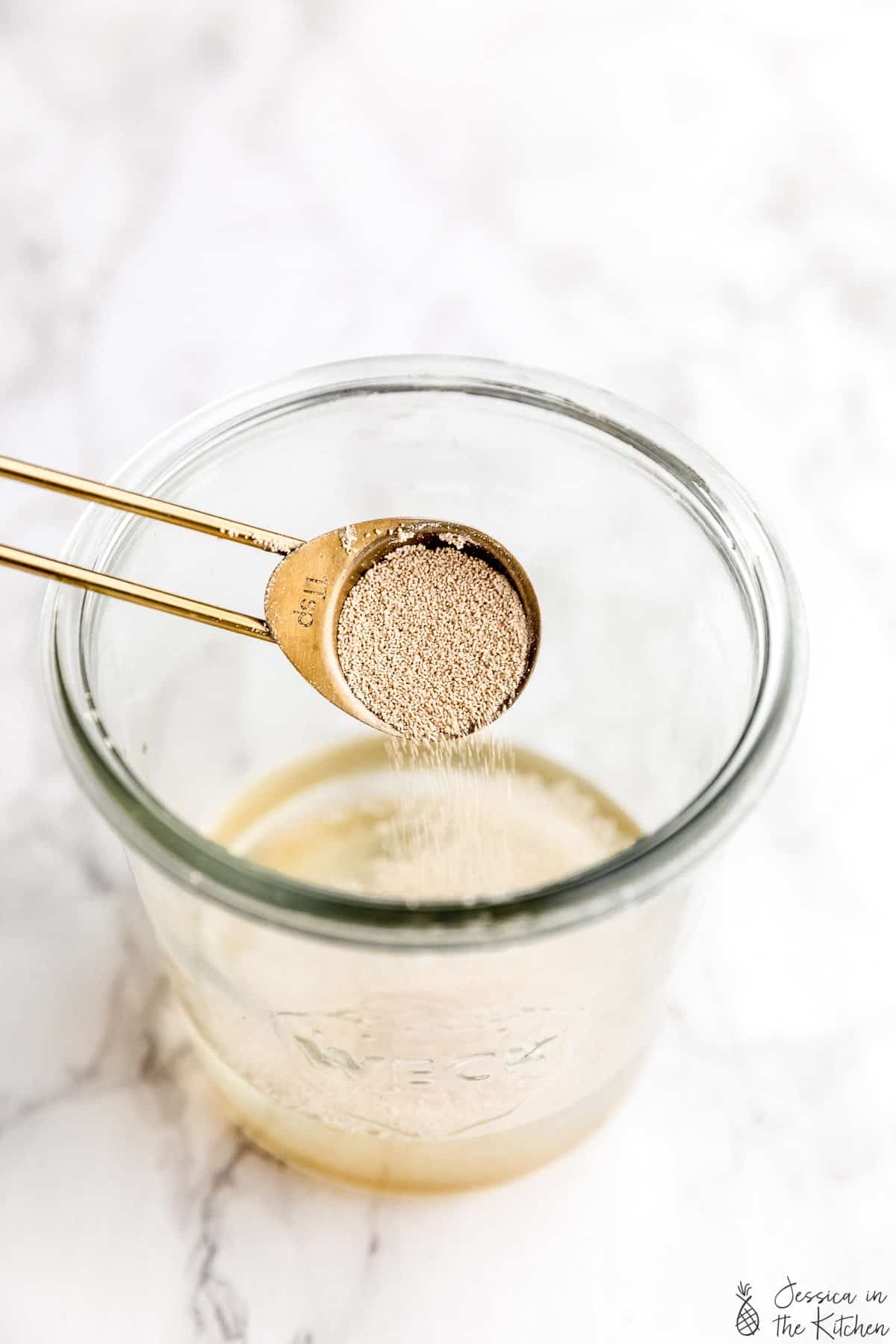
Is Bread Not Vegan Because of Yeast?
Bread is still considered vegan even though it contains yeast. Here’s why:
Yeast is a type of fungus that feeds on sugar and leavens bread dough by producing carbon dioxide gas. Without yeast, bread would be dense and flat instead of fluffy and delicious.
Now, the question becomes: does consuming yeast go against the principles of veganism, which seeks to avoid all forms of animal exploitation and cruelty? This is where opinions may vary.
A very small minority of vegans believe that consuming yeast goes against their beliefs since it is a living organism. They argue that even though yeast does not have a central nervous system, it still has the ability to grow and reproduce, making it a form of life deserving of ethical consideration.
Aside from that minority, most vegans argue that consuming yeast is not against veganism as it does not cause harm to animals. In other words: yeast is vegan.

Understanding the Role of Yeast in Bread Making
Breads are made either with commercial yeast or through natural fermentation. Commercial yeast is made in laboratories using microorganisms, while natural fermentation uses wild yeasts and bacteria found in the air to leaven bread dough. Both methods are considered suitable for vegans as they do not involve any animal products.
When bread was first invented in ancient times, it’s believed that bakers would always retain a small piece of dough from the previous day’s loaf. This would be incorporated into the dough for the next day’s loaf, which is how sourdough was born. Setting aside that small piece of dough each day would allow natural yeasts to grow and thrive, giving the next day’s loaf more rise and a more robust flavour.
Why Is Yeast OK for Vegans?
Nearly all vegans eat yeast in many forms—look no further than the popularity of nutritional yeast! Nutritional yeast, also known as “nooch,” is a deactivated form of yeast that is used as a cheese substitute by vegans because of its nutty, cheesy flavor. It’s packed with nutrients too, including protein, B vitamins, and trace minerals. Additionally, many commonly consumed foods like beer, wine, soy sauce, and, of course, bread contain yeast.
Again, yeast is a fungus, so consuming yeast is generally considered ethical in vegan diets. If you eat mushrooms, it’s really no different than eating yeast.
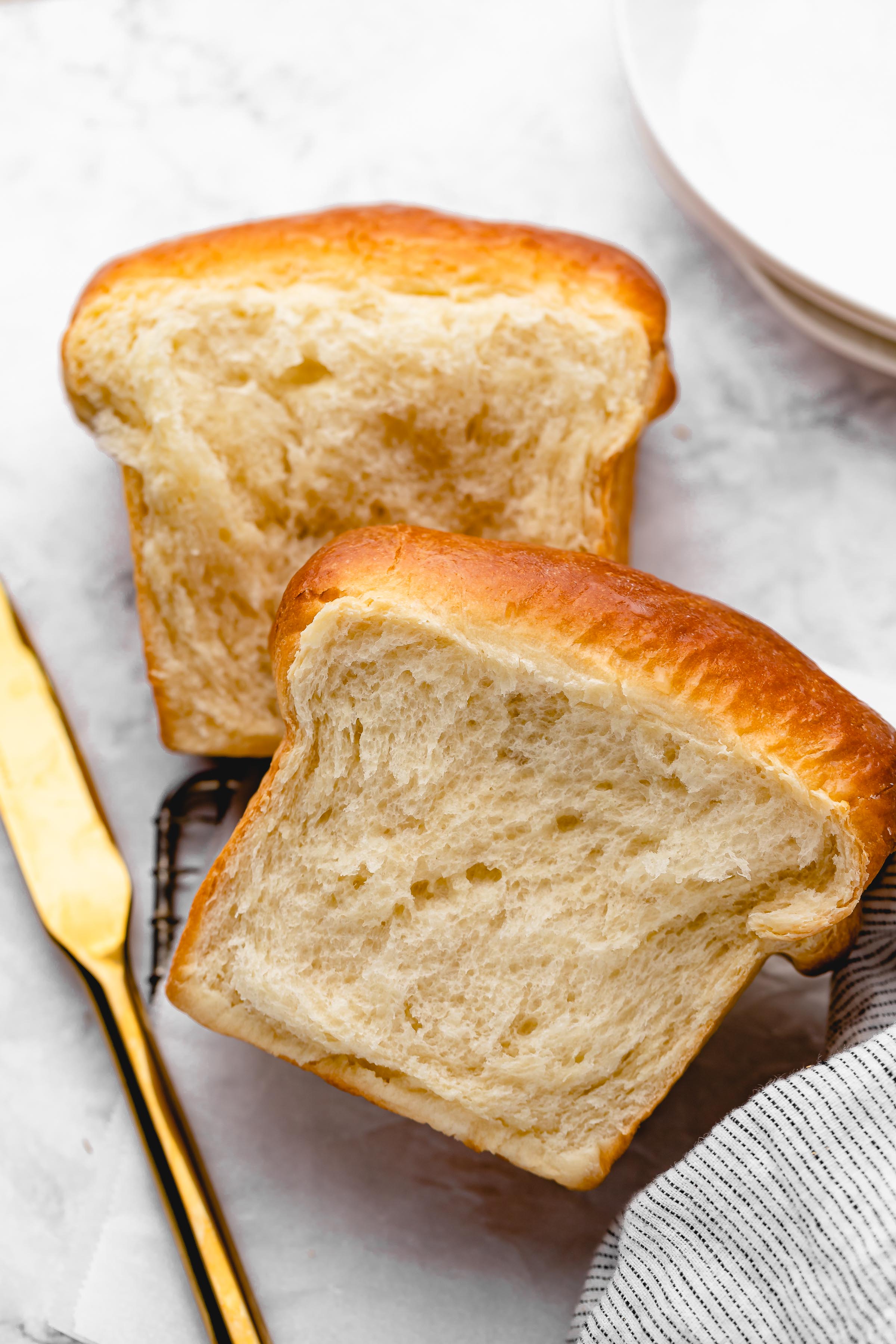
Common Types of Vegan Bread
Now that we’ve established that yeast is generally considered vegan, let’s talk about common types of bread and whether or not they fit into a vegan diet. Here are some popular types of bread that are typically vegan:
- Sourdough. This type of bread is made with natural fermentation using wild yeasts. It does not normally contain any animal products.
- Whole wheat. As long as the bread is made with plant-based ingredients and does not contain dairy or honey, whole wheat bread is generally vegan-friendly.
- White bread. Similarly to whole wheat bread, white bread can be vegan if it doesn’t include any animal-derived ingredients like eggs, milk, or honey.
- Rye bread. Rye bread is also typically vegan, as it’s made with a combination of rye flour, water, and yeast.
- Gluten-free bread. Many gluten-free varieties of bread are vegan-friendly, as they are often made with non-animal-derived ingredients. However, some may contain dairy or eggs, so it’s important to always check the label.
Can Vegans Eat Any Bread? What Kind of Bread Isn’t Vegan?
While most bread is vegan-friendly, there are some types of bread that may not be suitable for a plant-based diet. Here are a few ingredients to watch out for:
- Eggs. Breads like challah, brioche, and egg breads (often known as enriched breads) typically contain eggs and therefore are not considered vegan.
- Dairy. Some types of sweet breads and enriched white breads may contain milk or butter.
- Honey. Many breads, especially whole wheat varieties, use honey as a sweetener, so it’s important to check the ingredient list.
- Lard. Some donuts and sweet breads use lard as an ingredient or for frying, so make sure to ask if you’re ordering from a bakery or restaurant.
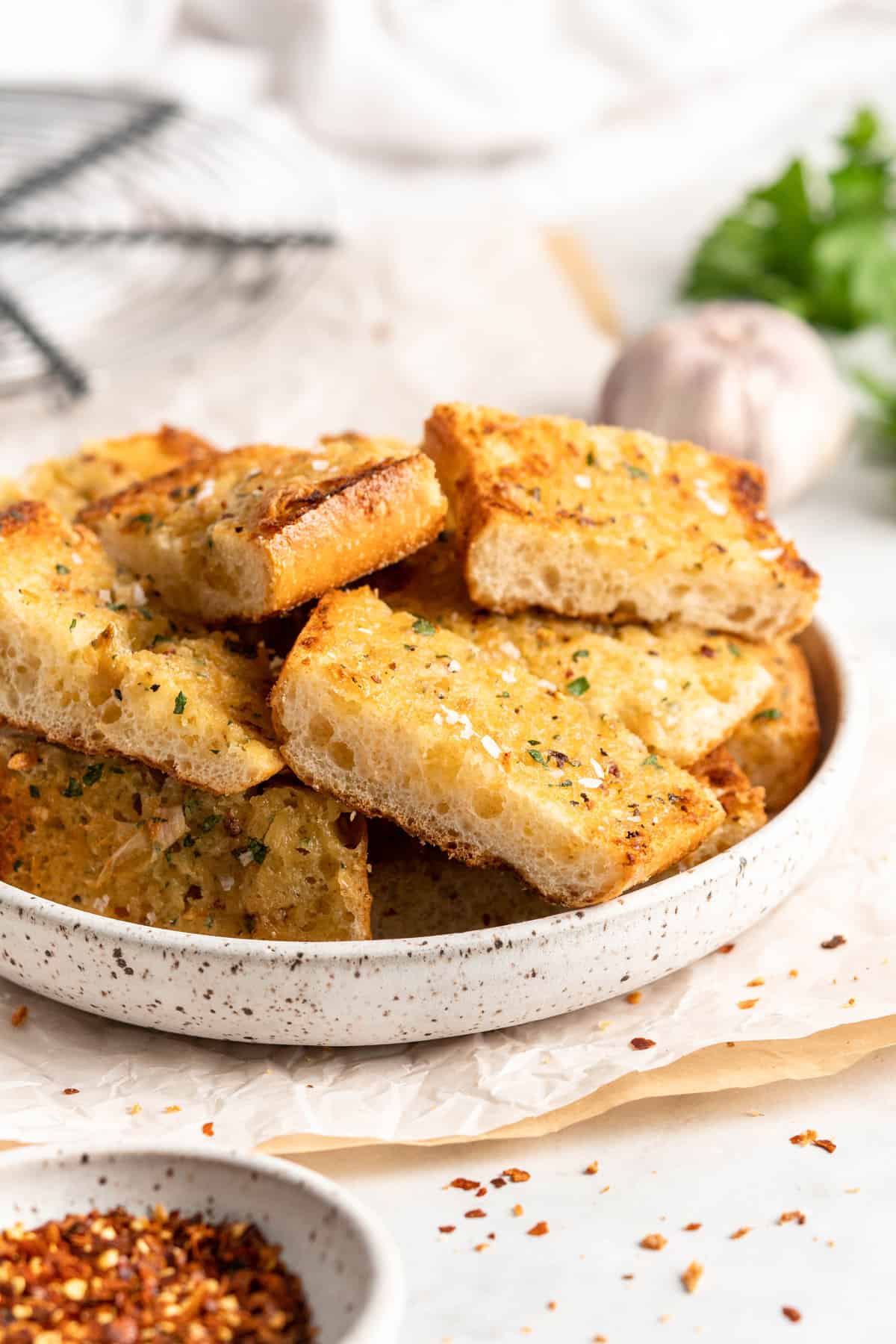
How to Know if Store-Bought Bread Is Vegan
Store-bought bread often falls into the category of surprising foods that aren’t actually vegan. You can blame the long list of ingredients on commercially-produced breads for that—many of them are made with animal-derived ingredients, but the complicated names make it hard to understand exactly what you’re buying!
Avoid potential non-vegan ingredients by checking the label for any of these sneaky additives:
- L-cysteine. Often used in commercial bread as a dough conditioner, this amino acid is derived from feathers.
- Mono and diglycerides. These emulsifiers are generally vegan, but can be derived from animal sources.
- Whey. A byproduct of cheese production, whey is sometimes added to breads to improve texture.
- Vitamin D3. While vitamin D can be vegan-friendly if derived from plant sources, vitamin D3 is often derived from animal sources such as lanolin or fish oil.
Overall, the best way to ensure your bread is vegan is to read the label and search online for any ingredient names you’re unfamiliar with.
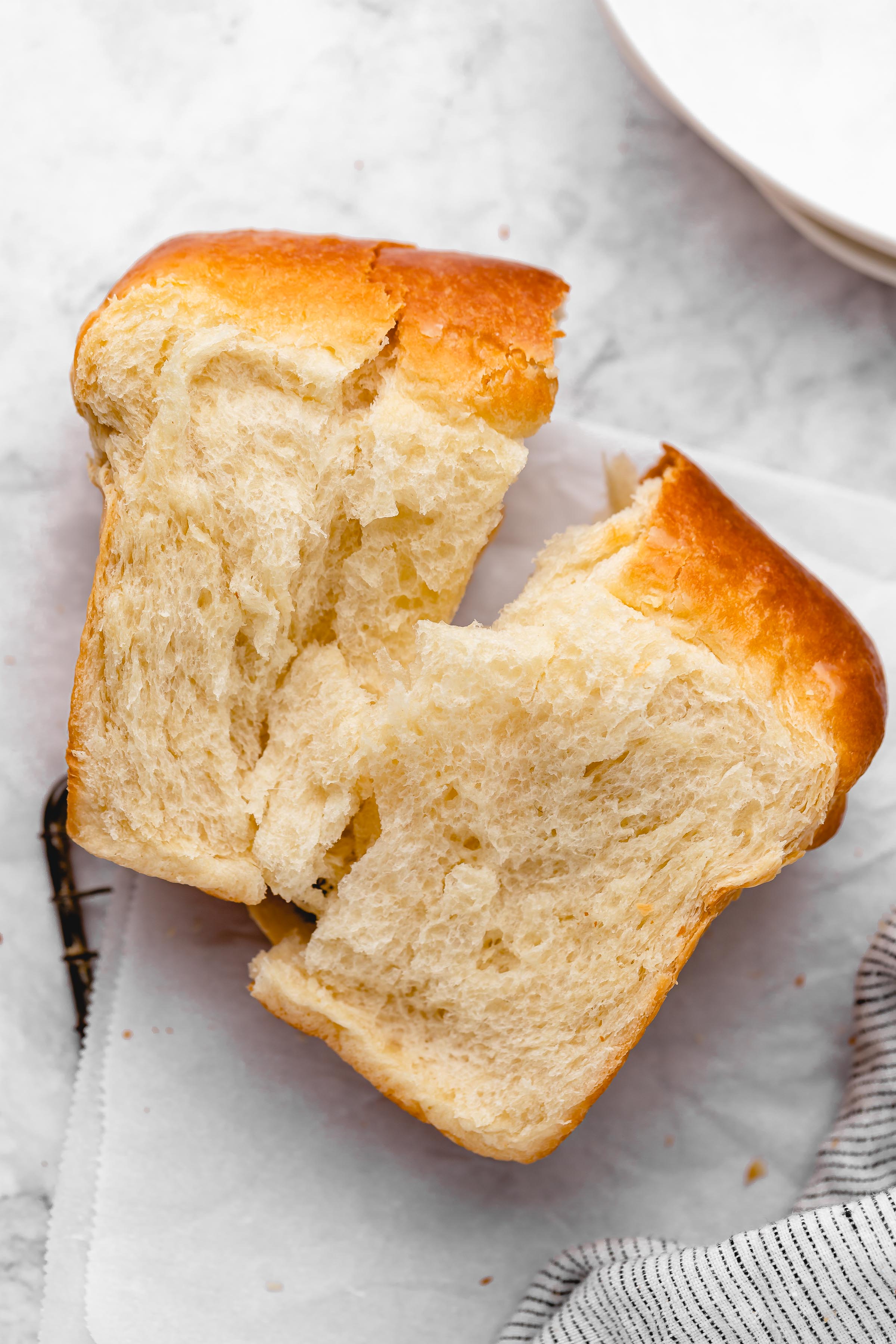
Vegan Bread Recipes to Try
Now, if you really want to make sure your bread is vegan, the answer is to make it yourself! I enjoy making bread and over the years I’ve made vegan versions of some of my favourite breads. Here are some to try:



